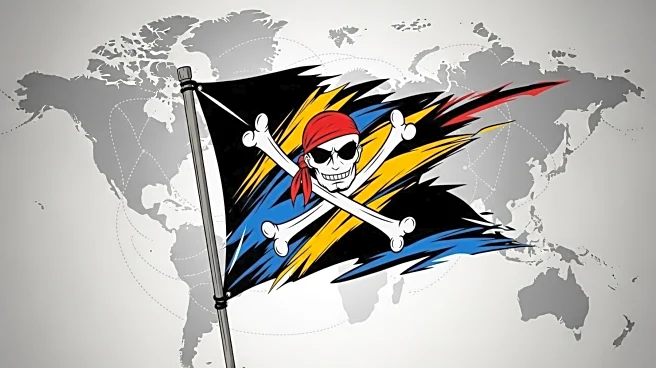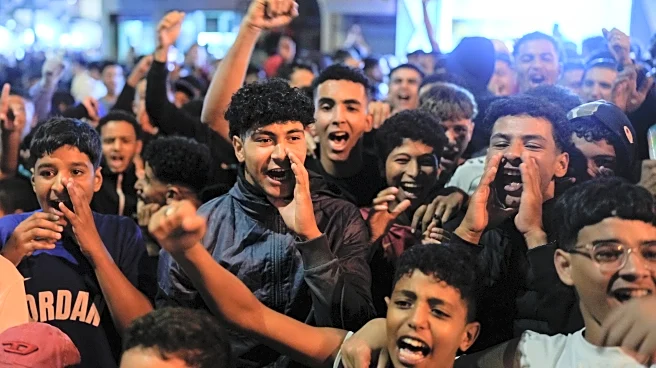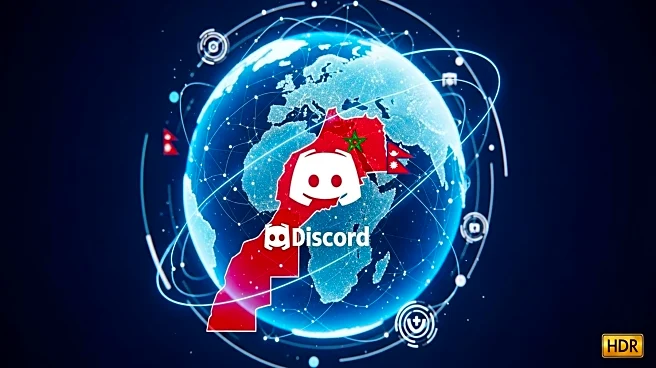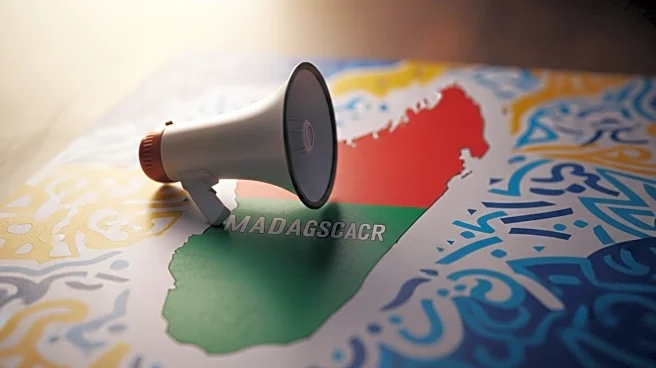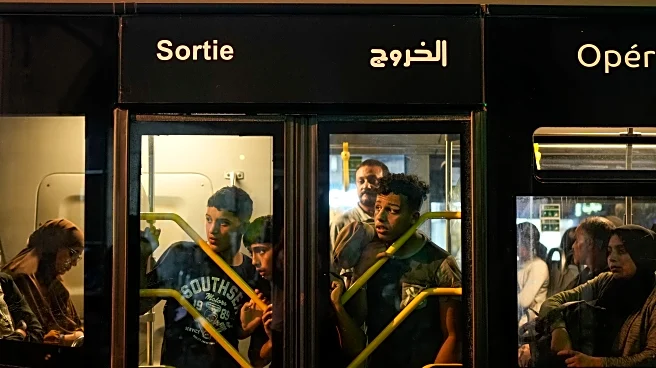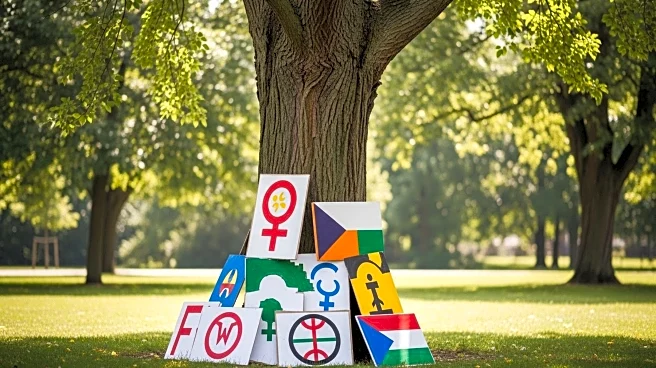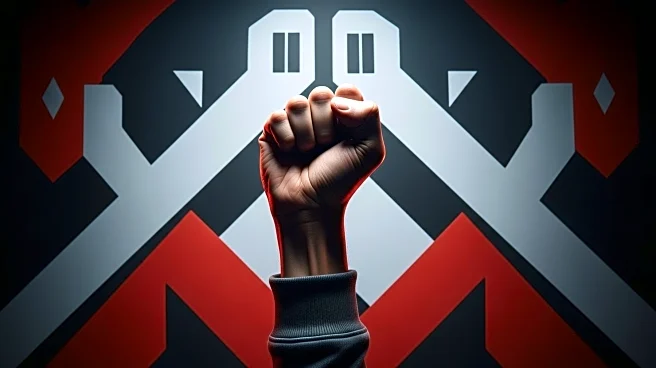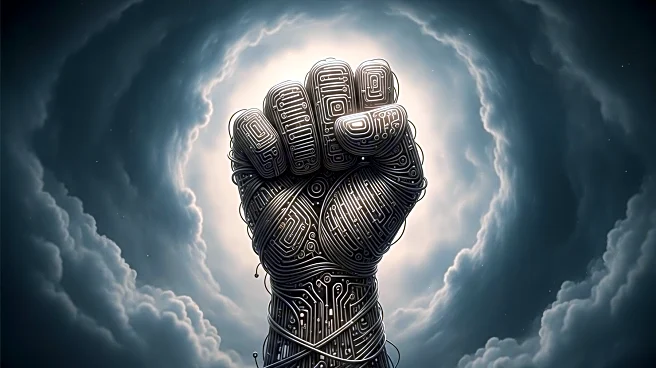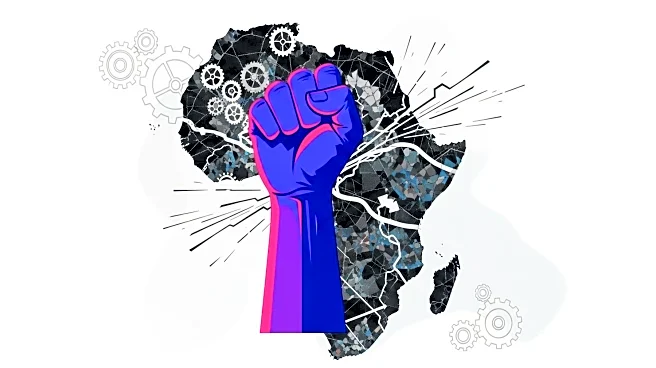What is the story about?
What's Happening?
Gen Z-led protests across various countries are increasingly adopting a unique symbol: a pirate flag from the Japanese anime and manga series One Piece. This flag, featuring a grinning skull and crossbones wearing a straw hat, has been seen in protests from Nepal to Madagascar, and Morocco. The series, which follows a group of pirates fighting against an oppressive world government, resonates with young protesters who feel marginalized by their governments. The flag symbolizes freedom and resistance against unjust authority, inspiring youth to rally against corruption and systemic injustice.
Why It's Important?
The adoption of the One Piece pirate flag by Gen Z protesters highlights the global influence of pop culture in political movements. This trend underscores the power of storytelling in uniting diverse groups under a common narrative of resistance. As young people worldwide face similar challenges of corruption and inequality, the flag serves as a unifying symbol that transcends cultural and geographical boundaries. It also reflects the growing role of Gen Z in shaping political discourse and challenging established systems, potentially leading to significant shifts in governance and policy.
What's Next?
As the use of the One Piece flag continues to spread, governments may respond with varying degrees of acceptance or repression. In Indonesia, officials have suggested that flying the flag could be considered treason, prompting human rights organizations like Amnesty International to defend protesters' rights to free expression. The ongoing visibility of this symbol in protests may lead to increased scrutiny and potential crackdowns by authorities, while also inspiring further solidarity among global youth movements.
Beyond the Headlines
The use of pop culture symbols in protests is not new, with previous movements adopting icons like Pepe the Frog and the Guy Fawkes mask. However, the One Piece flag's widespread adoption by Gen Z highlights a shift towards more inclusive and relatable symbols that resonate with younger generations. This trend may influence future protest strategies, encouraging the use of familiar narratives to galvanize support and communicate complex political messages effectively.
AI Generated Content
Do you find this article useful?
